|
Being a nutrition professional often leads to questions about the most recent diet, the latest food trend, or the best meal plans. One common topic that I’m asked about is fish! Should I eat fish? How much? And what type? Let’s take a look at the facts. Health Benefits
What about Mercury?Nearly all fish contain mercury, no matter the source. However, some fish are higher in mercury than others such as king mackerel, shark, and swordfish. Fish low in mercury and high in omega-3 fatty acids (heart-healthy fats) include salmon, sardines, trout, pollock, trout, cod, and haddock. The bottom line? You shouldn’t avoid fish because of mercury - just look for fish that are low in mercury! Wild or Farmed?
Canned Versus Frozen
Always remember to buy seafood from reputable sources and avoid frozen seafood with ice-crystals, which could be a sign of thawing and refreezing. If you are buying fresh fish, it should not have an icy or fishy smell. Check out Seafood Health Facts to learn more about the proper handling and storage of seafood. Things To Keep in Mind
Quick Meal Ideas
Anytime Salmon Patties
Directions:
Nutrition Facts per Serving (2 patties): 220 calories, 20g carbs, 3g fiber, 5g fat, 27g protein, 350mg sodium Creamy Mint DressingDirections:
Nutrition Facts per 1/3 cup serving: 60 calories, 7g carbs, 2g fiber, 1.5g fat, 4.5g protein, 180mg sodium ~Sadaf Ijaz, Dietetic Intern
17 Comments
This hummus recipe can’t be beet! This recipe is a treat if you’re looking for a creative way to use your fall farmers market find! In the past couple of weeks while walking around the Edmonds farmers market, I’ve noticed that the season is changing and more winter squashes and root vegetables are making an appearance. One of these being my least favorite...beets. Growing up with a mother that was absolutely smitten for this veggie and knowing the wonderful nutritional benefits truly made me want to love them too. I tried them pickled, roasted, blended, powdered...you name it. Every time, their “earthy” flavor just did not sit well with my pallet. I held out hope that my taste buds would change with age and one day I would be able to share my mom’s passion. When just about all hope was lost, pink hummus became a trend. I love hummus and I thought that beets might make a decent addition to this savory snack. Whether you’re like me and want to love beets or you are like my mom and are bursting with excitement when they hit the market, you will enjoy this recipe! Hummus is a traditional Middle Eastern/Mediterranean spread. A basic hummus recipe includes just 5 ingredients: chickpeas, tahini, lemon, garlic, and olive oil. There are countless hummus variations - you just have to get creative with spices, herbs, and veggies!
Beet Hummus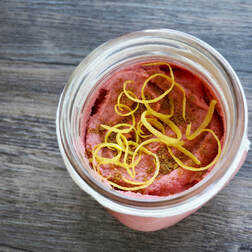 Ingredients:
Toppings:
Directions:
*To make pita slices: Slice store bought pita bread into triangles and spread on a parchment lined baking sheet with some olive oil, salt and pepper. Bake at 350 F for 8-10 minutes or until crisp. ~Gillian Schultz, RD
There’s a certain skill set that you acquire outside of the classroom. Immersing yourself in a dietetic internship is already taking what you learned in undergrad and applying it into real world situations. Studying abroad takes that one step further to really drive home the principals and learn things that you can’t possibly comprehend without stepping outside your comfort zone and putting yourself in a completely different environment.
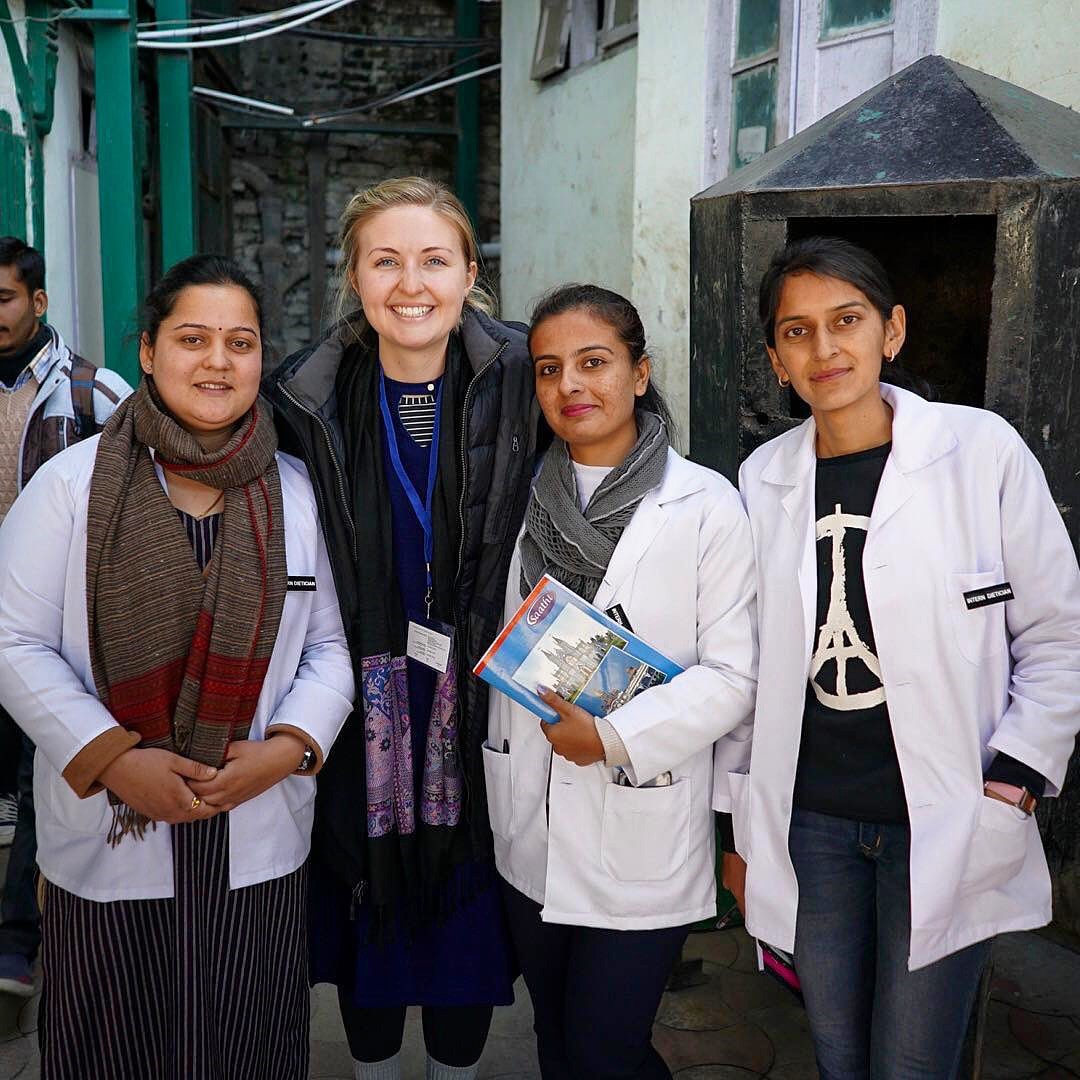 Rippon Hospital with the local Dietetic Interns. I had so much fun shadowing with the one on the far right for the day! We started with the pediatric patients and ended at labor and delivery. In India you feel respected and valued. At Rippon Hospital, the dietitian, interns, and doctors (yes even the doctors) are so eager to hear your opinion and input on their patients. I think that this was one of the most impactful experiences. So many times we feel unsure of our answers, even though we are usually right, simply because we are interns. In American culture we are taught that Intern means “bottom of the food chain.” But having this experience truly gave me the boost to feel confident in my abilities as a healthcare professional.
Laurie, Megan, and I sipping Chai at the Golden Temple. The temple is a holy site that serves a free meal to 100,000 people each day! We were able to go behind the scenes to see the Food Service operation and it was incredible.
|
SD BlogA place for our consultant Registered Dietitian Nutritionists (RDNs) to share nutrition science, yummy and healthy recipes, tips on seasonal ingredients, and other nutritional musings. Enjoy! Categories
All
Archives
May 2024
|

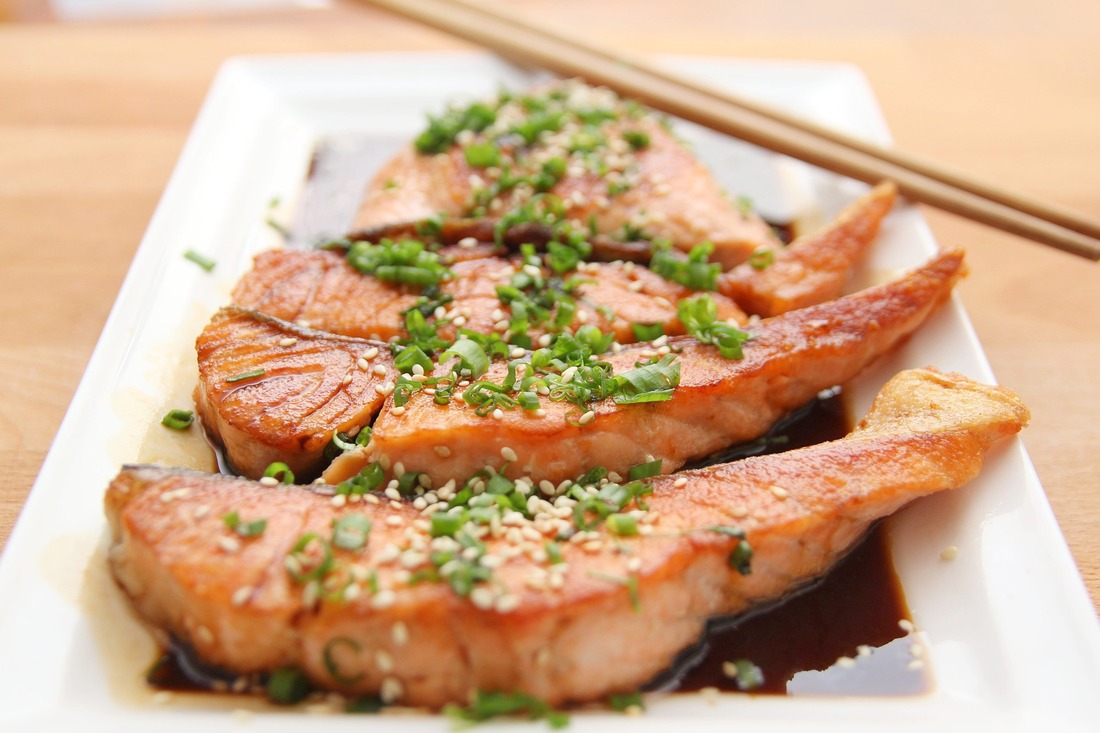

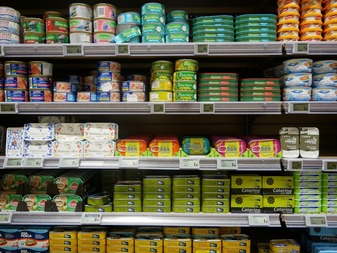
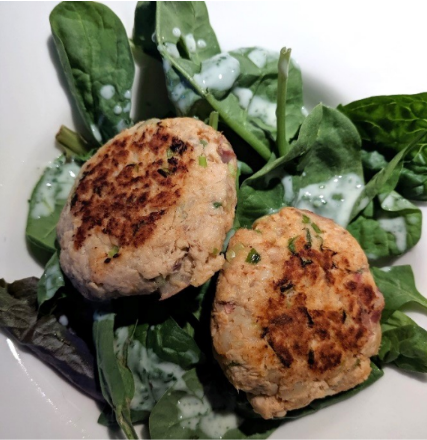
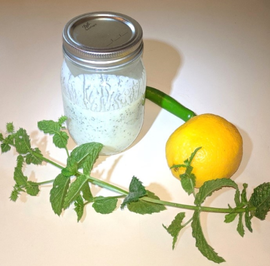
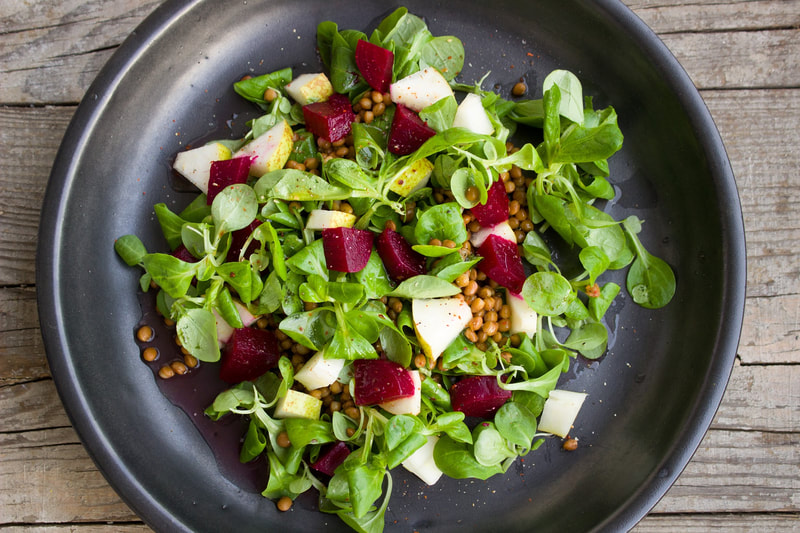

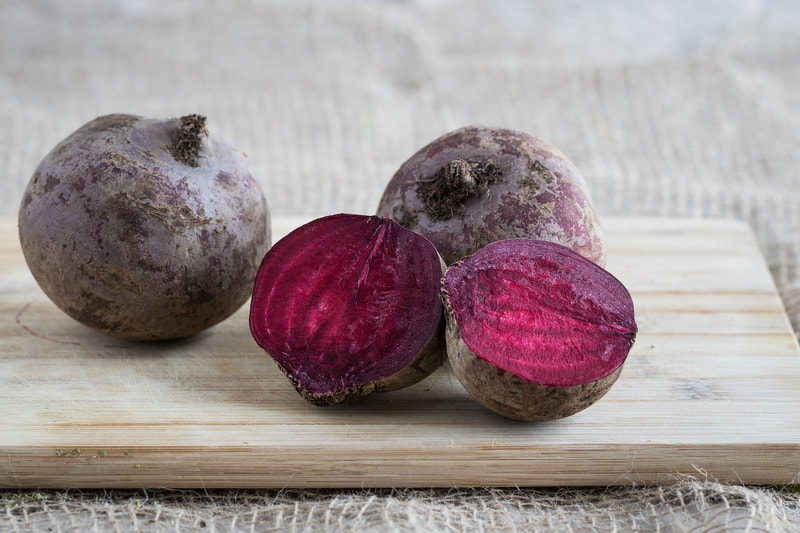
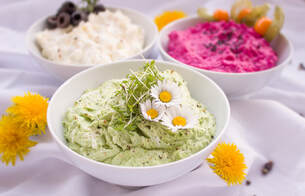


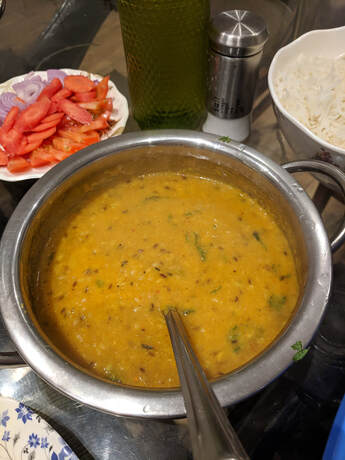
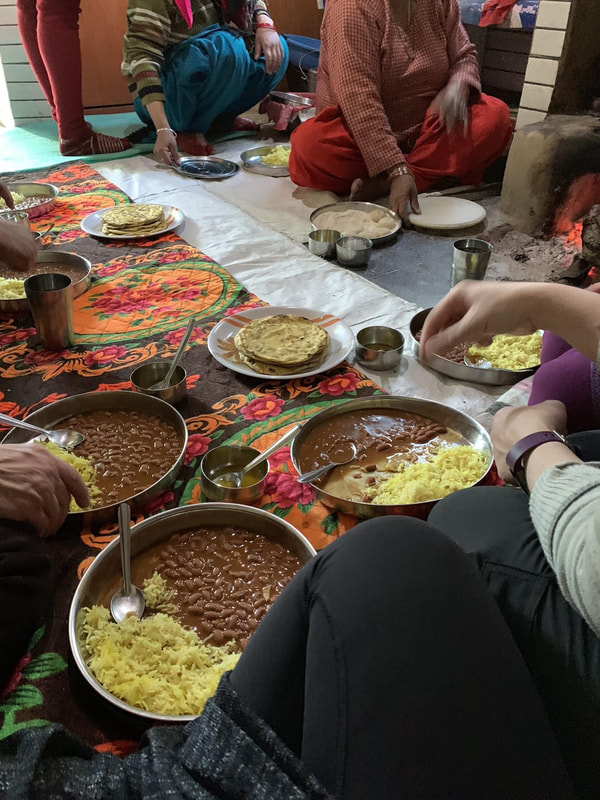

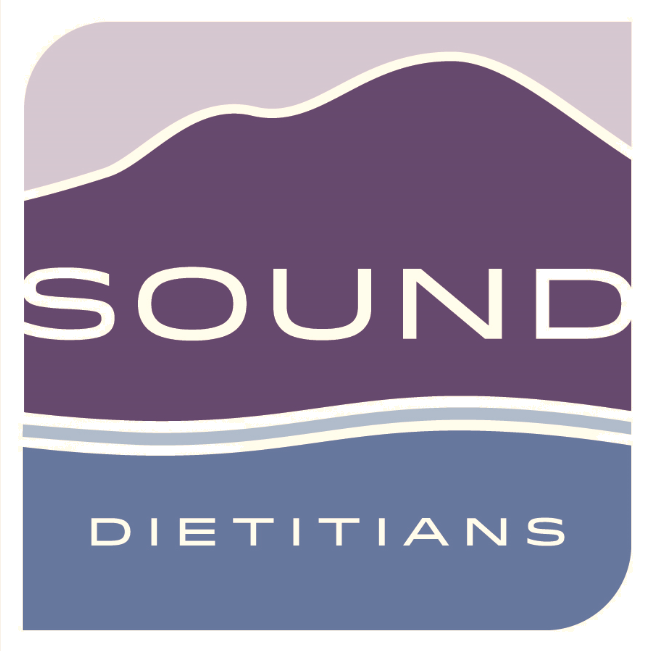
 RSS Feed
RSS Feed